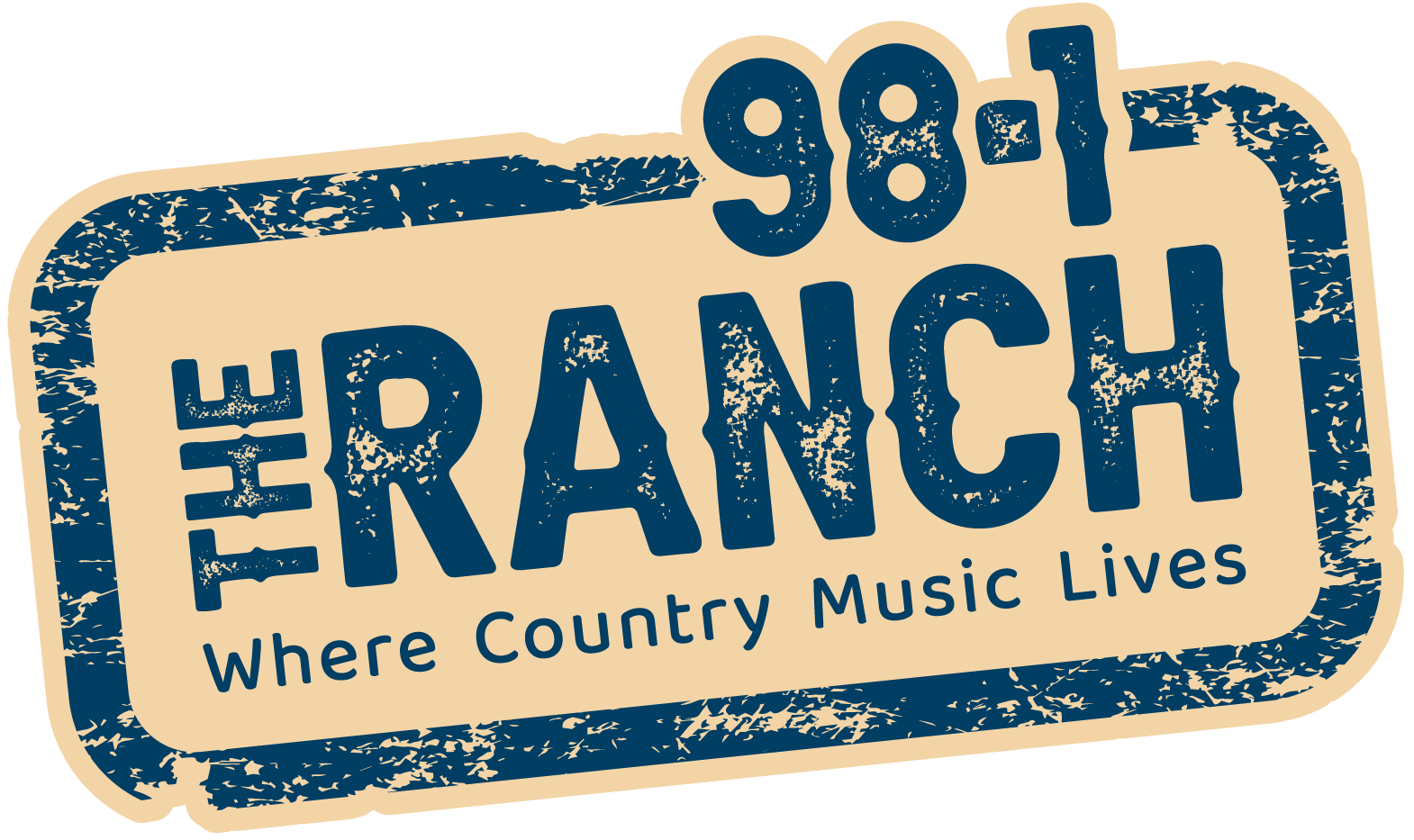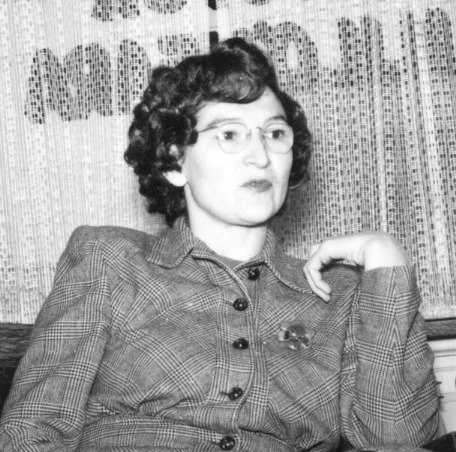On St. Patrick’s Day, leprechauns, lucky charms, shamrocks, green beer and corned beef and cabbage are often associated with the Mar. 17 celebrations. But did you know, the luck of the Irish is strong in Lethbridge? Historically, many residents have made the trek from Ireland to southern Alberta to call Lethbridge home.
Several of Lethbridge’s fire chiefs were from Ireland, says Belinda Crowson, president of the Lethbridge Historical Society. “Most of them associated with the Belfast Fire Brigade, before they came to Lethbridge.”
Crowson notes Thomas Peter Kilkenny was born in Belfast in 1882 and came to Canada, as a young person. “By 1909, Kilkenny was fire chief in Lethbridge. He unfortunately died in 1911, but was replaced by William Hardy.”
Hardy became chief of both departments – the only man in Lethbridge to do so, from 1916 to 1920. According to Crowson, Hardy was born in Scotland, but had ancestors in Belfast.
Robert Lindsay was born in Bangor, Northern Ireland and became a captain, while a member of the Lethbridge fire department, Crowson adds.
“It was interesting how many Irish connections, if you look through the fire department and organizations like that,” says Crowson. “If you go right back, Nicholas Sheran’s family has an Irish heritage. He was born in New York, but from Irish ancestry.”
“John J. Healy was also Irish,” says Crowson. “When you go back to Fort Whoop-Up, you’ve got an Irish connection to several of the men there.”
Margaret “Peggy” O’ Meara was the first woman doctor in Canada’s military, according to Crowson. “Her family were Irish homesteaders. She came to Lethbridge as a young person and graduated from LCI. She then attended the University of Alberta and became a doctor in 1943 and enlisted in the Canadian Army during the war.”
Captain Chris Gibson came to Canada in 1908 and joined Lethbridge’s 25th (Independent) Battery, Canadian Field Artillery. Gibson was a founding member of Playgoers of Lethbridge, served on the boards of the Galt Hospital, the historical society, the Royal Canadian Legion and the Allied Arts Council.
“It’s just amazing when you start pulling out some of the names, how much Irish connection there is to southern Alberta,” says Crowson.
Another place to look for an Irish connection is through the naming of landmarks in the city.
“When you realize we have St. Patrick’s Cemetery, St. Patrick’s Church and St. Patrick’s School – you can’t get more related to St. Patrick’s Day than the fact we have that name throughout our history,” says Crowson.
As for other St. Paddy’s Day shenanigans, in Shakespeare’s play “Julius Caesar,” the Roman dictator was given a warning about Mar. 15. Beware the Ides of March, the day Caesar was assassinated.
Legend says the patron saint of Ireland, St. Patrick, converted residents to Christianity and Mar. 17 is when the snake chaser supposedly died. Even though St. Patrick is said to have chased snakes out of Ireland, snakes never lived in the country, or so the story goes.




